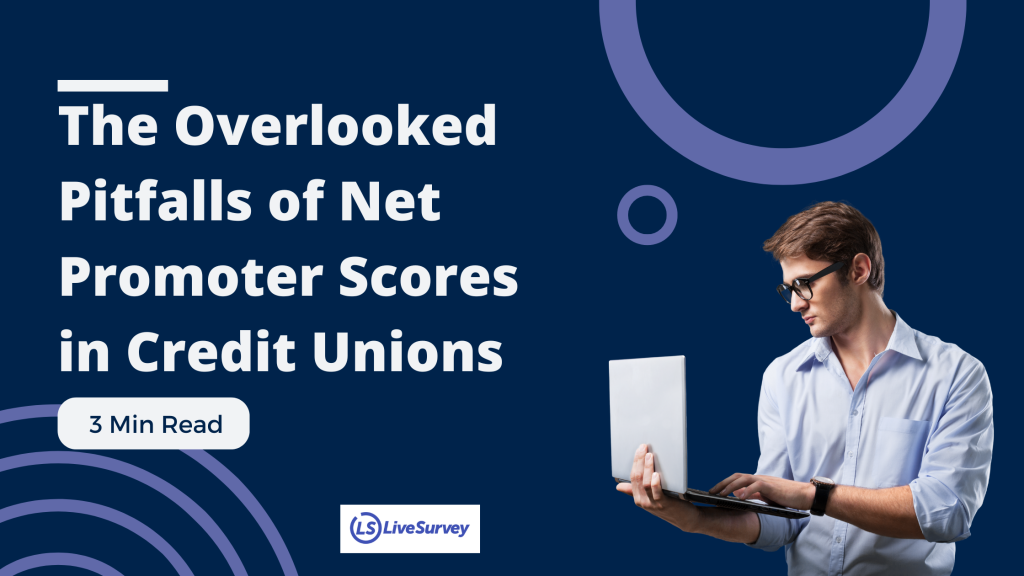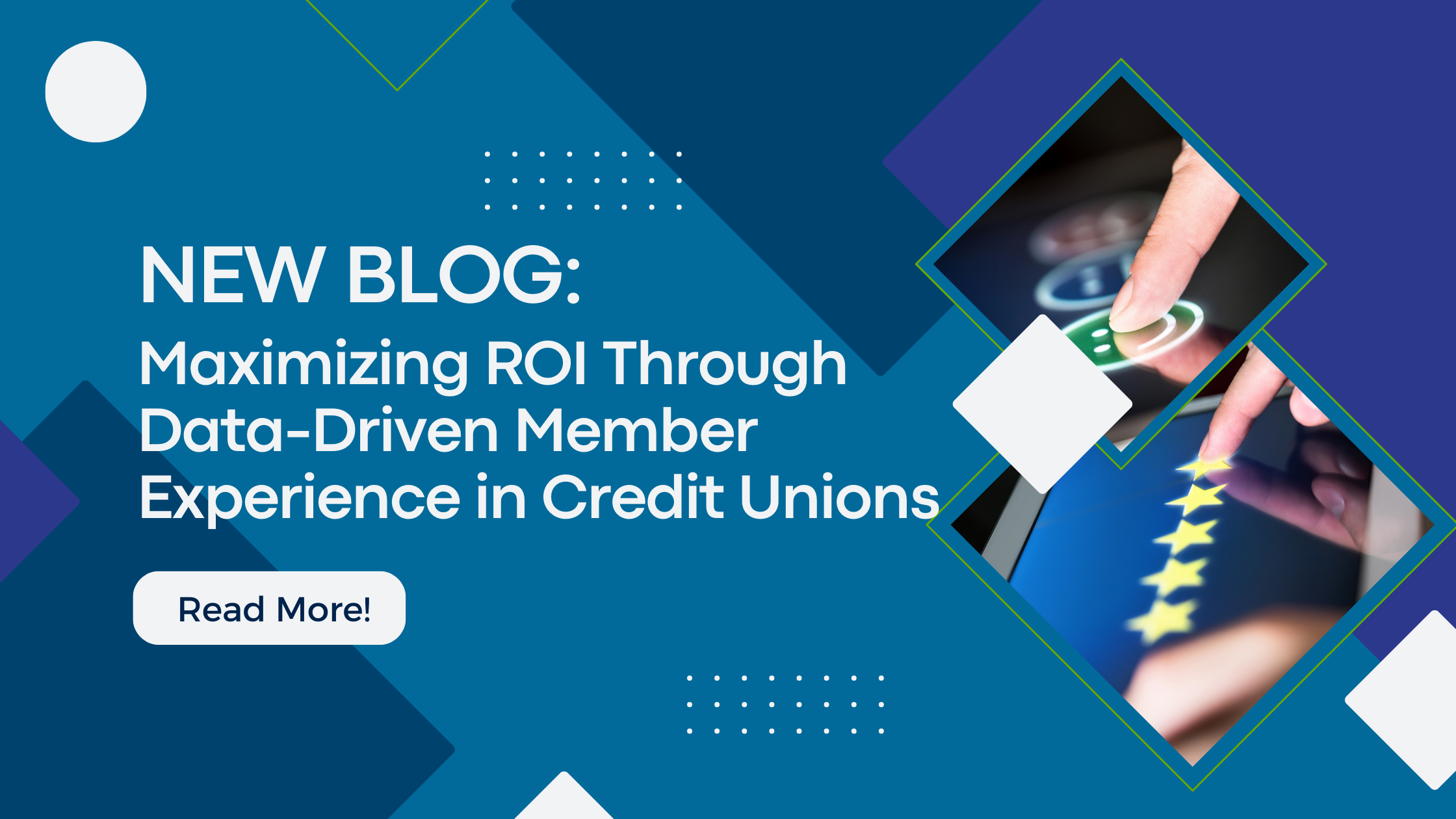Net Promoter Score (NPS) is widely recognized as a valuable tool for measuring member or customer sentiment. NPS, as it’s commonly referred to, has become one of the most universally understood market research metrics. Developed by Fred Reichheld in collaboration with Bain & Company and Satmetrix, it’s a proprietary instrument with a registered trademark.
For a quick refresher: NPS is based on a simple question we’ve all seen—asking members whether they would recommend the organization to a family member or friend, using a scale from 0 to 10. Respondents are categorized as follows:
- Promoters: Those who score 9 or 10
- Passives: Those who score 7 or 8
- Detractors: Those who score 6 or below
The Net Promoter Score is calculated by subtracting the percentage of Detractors from the percentage of Promoters, resulting in the “Net” Promoter Score. The genius of this system lies in its simplicity and its effectiveness at capturing member or customer sentiment.
The Challenge with Comparisons in the Credit Union Space
While NPS is an excellent internal tool for measuring sentiment, challenges arise when credit unions attempt to compare their NPS with that of other organizations. According to Fred Reichheld, pure NPS requires random sampling of your entire member or customer base. This means sampling everyone—not just the members you like or who frequently engage with you.
For credit unions, this includes:
- Members working with loss prevention teams
- Indirect members acquired through third-party channels
The issue? Many credit unions exclude these groups when conducting random sampling for their NPS. Others include them. This disparity in sampling methods leads to sampling bias, which can have a dramatic effect on results.
Who you sample matters—a lot. If one credit union samples only engaged members while another samples their entire base, comparing these scores becomes meaningless. The scores you get are irrelevant unless the sampling methodology is consistent across all organizations being compared.
NPS: Great for Sentiment, Not for Peer Comparisons
To be clear, NPS remains an excellent tool for measuring member or customer sentiment within your organization. However, it’s a poor tool for comparing performance across organizations, especially in the credit union space. This is why I always advise credit union executives to exercise caution when their boards or leadership teams ask for peer comparisons.
Instead, consider other benchmarking tools that are designed for peer-to-peer comparisons and account for the nuances of different sampling methodologies.
How Does Your Organization Use NPS?
Understanding the nuances of NPS can lead to more effective strategies for improving member sentiment. How do you use NPS in your organization? Let’s discuss in the comments or connect directly to explore ways to maximize its value.





